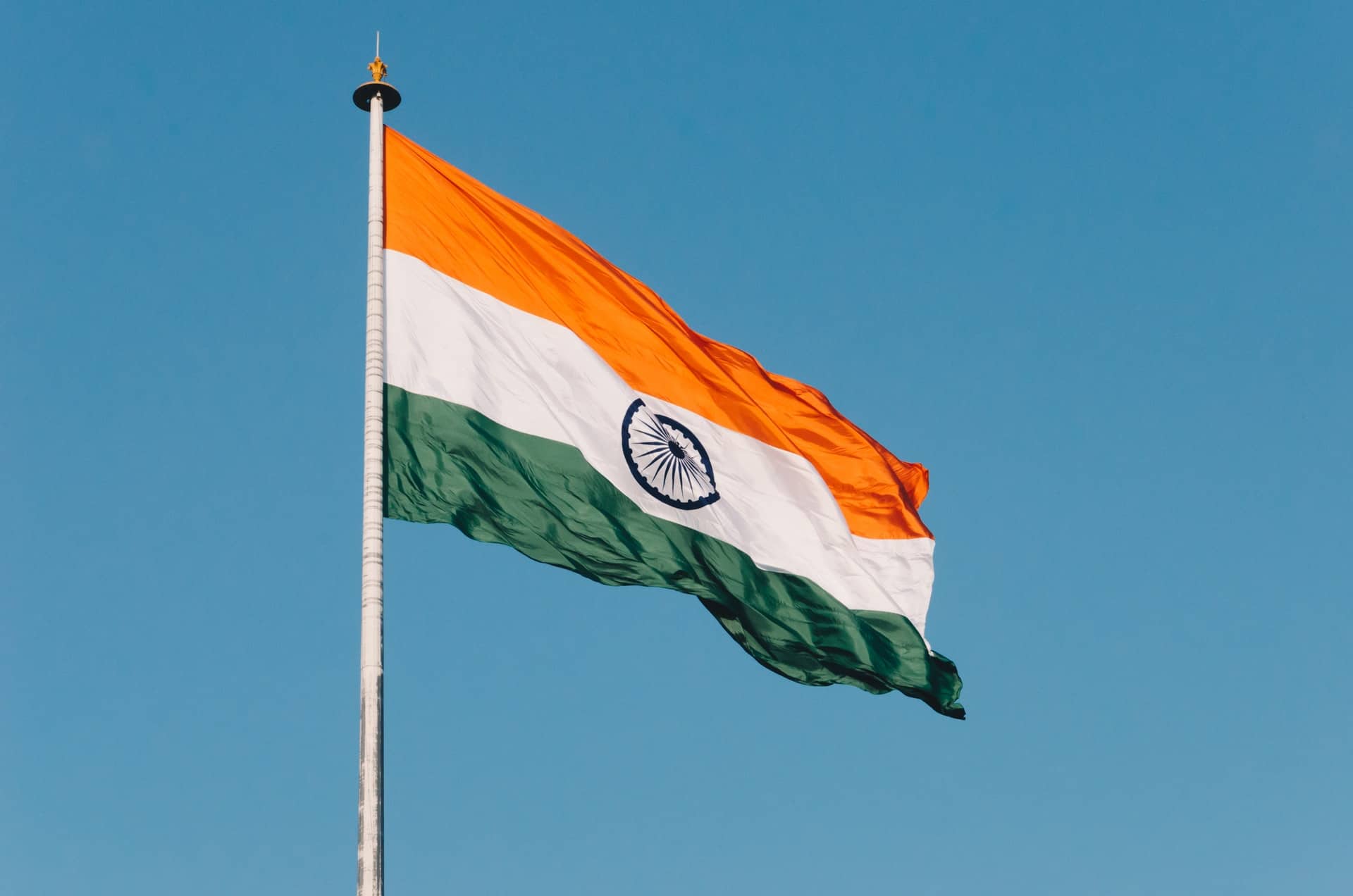After the United States, Brazil was the second most affected country by the coronavirus pandemic but new data shows a rising number coming from Asia. With quickly multiplying coronavirus cases in India, it has now become the second most affected country leaving behind Brazil with its number of affected individuals.
According to data from Johns Hopkins University, Brazil’s coronavirus number was surpassed after a record-breaking number of 90,802 coronavirus cases in India were discovered for a single-day. That number is the highest number of cases recorded for any country for 24 hours. Now India is right behind the US with 4.2 million coronavirus cases while the US leads with 6.2 million cases.
Also Read: CU Medicine (Hong Kong) Reports Coronavirus in Poop Samples of Infants
On Monday, reports from the Health Ministry of India show 1,016 coronavirus deaths out of a total of 71,642 deaths. This places India as a country with the 3rd highest death rate for the coronavirus right after the United States and Brazil. The country’s rate of mortality however is one of the lowest in the list of the most affected countries from coronavirus.
The country is leading with more than 2 million new coronavirus cases since the previous month and most of its villages and quaint towns are coming under the wrath of coronavirus. Despite the growing numbers, however, the government of India is looking forward to reducing restrictions and trying instead to save the economy.
Unsafe spaces where there’s a high risk of transmission such as a daily commute are also one of the risks India is taking with its coronavirus situation. On Monday, Delhi’s public transit the Delhi Metro has already resumed working after a gap of 5 months. The only passengers that get to travel are asymptomatic individuals with masks, temperature checks, and the rule of keeping a recommended social distance.
The Delhi Metro is one of the biggest rapid transport systems in the capital of Delhi. Before shutting down at the height of the global pandemic in March, the trains would carry a daily number of 2.6 million passengers as a daily average.
The pandemic restrictions have cost India more than any other large nation, the country’s economy shrunk by a good 24 percent. The coronavirus lockdowns made the country’s economic condition dive within 4 hours after Prime Minister Narendra Modi ordered the people to protect themselves and stay indoors.
Millions lost employment and came out in thousands fearing a loss of income went back to the village they had migrated from. The unpredictable migration of India’s workers pushed the economy of the giant nation downhill and also aided the increase of coronavirus cases in India.
Now while most of the country experiences severe outbreaks of the novel virus, areas are already reopening while authorities claim they have no choice but to do so.
Rajesh Bhusan from the country’s health ministry says that though he understands the lives of people hold importance, he deems it necessary to consider the importance of livelihoods too.
Infections in the country are also reappearing in places where the spread had been controlled. Most of the active cases however come from states like Tamil Nadu, Uttar Pradesh, Andhra Pradesh, Karnataka, and Maharashtra, which are coincidently also the states with the most population living there.
India’s reliance on-screen tests for viral proteins or antigens is however also being criticized as they can provide unreliable results and are likely to fail to identify infections in some people. Although these tests are inexpensive and help India doll out tests at a faster rate, they are unreliable.
Dr. Gagandeep Kang is an infectious diseases expert at Vellore, he believes that these tests are imprecise and can leave out potential infected cases in the population.


